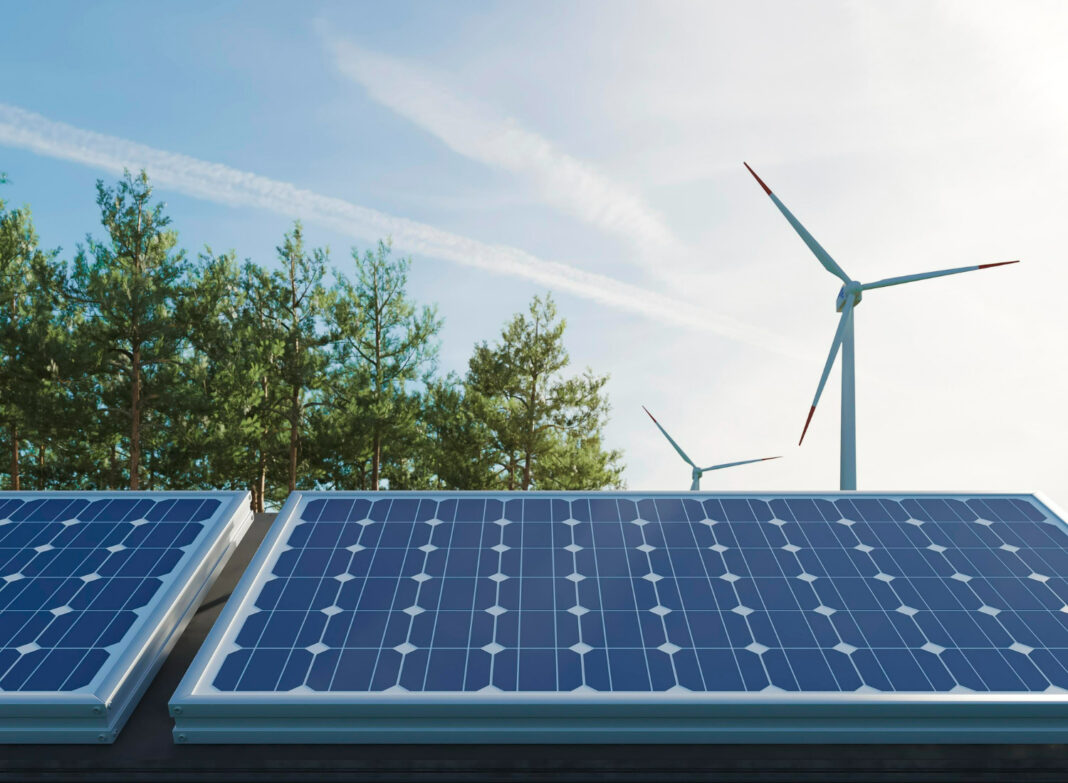particularly in solar and wind, driven by declining technology costs,
growing demand for electricity access, and supportive international finance.
International donors, development banks, and private investors are playing a vital role in unlocking this potential.
Key Trends & Recent Projects
1. Surge in Solar Investments & Clean Energy Financing
Africa’s renewable energy investment skyrocketed from about USD 2.6 billion in 2021
to nearly USD 40 billion in 2024, largely due to solar power projects, both utility-scale and distributed.
Solar PV is now the lowest cost source of new power capacity in many African countries,
helping to attract private capital even into previously under-served and risky regions.
🔗 Source: IEA
2. Innovative Financing Models & Support Structures
Blended finance structures are increasingly common, combining commercial, development, and concessional capital
to reduce risk and improve bankability. For example, in Zambia private PPAs and risk sharing enabled projects to move forward without full sovereign guarantees.
UNEP’s Seed Capital Assistance Facility (SCAF) has also supported dozens of early-stage renewable energy projects.
🔗 Source: UNEP
3. Notable Projects Making an Impact
• Ituka Solar Power Station, Uganda – a 24 MW solar plant (~53 GWh annual output), developed by AMEA Power with donor-linked finance and PPAs.
🔗 Read more
• Impofu Wind Power Farms Complex, South Africa – ≈ 330 MW under construction, showcasing international developer involvement and advanced transmission infrastructure.
🔗 Read more
Challenges & Strategic Considerations
Despite rapid growth, development finance has shrunk in some regions, limiting concessional capital to de-risk early projects.
Grid capacity, regulatory delays, and lack of standardized PPAs remain obstacles.
For solar and wind projects to succeed, clear policy frameworks and protections for investors are essential.
Implications for Investors & Corporates
- Entities with expertise in blended finance and development bank partnerships gain a competitive edge.
- Underserved markets (mini-grids, off-grid solar) offer high social impact and regulatory support.
- ESG and sustainability criteria are now non-negotiables in securing international funding.
Conclusion
Africa stands at a critical inflection point: with massive solar irradiance, abundant wind potential,
and rising demand for electricity, the continent is ripe for a renewable energy boom.
The investments underway today reflect both opportunity and urgency—to expand access,
fulfill climate commitments, and build energy systems that are resilient, clean, and inclusive.
